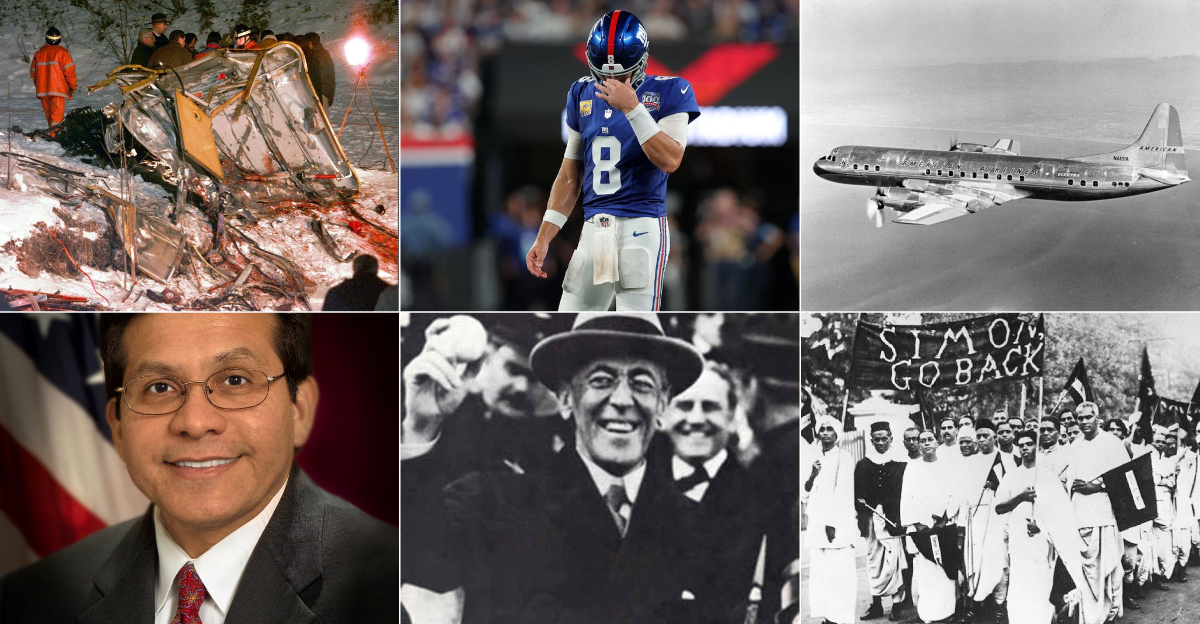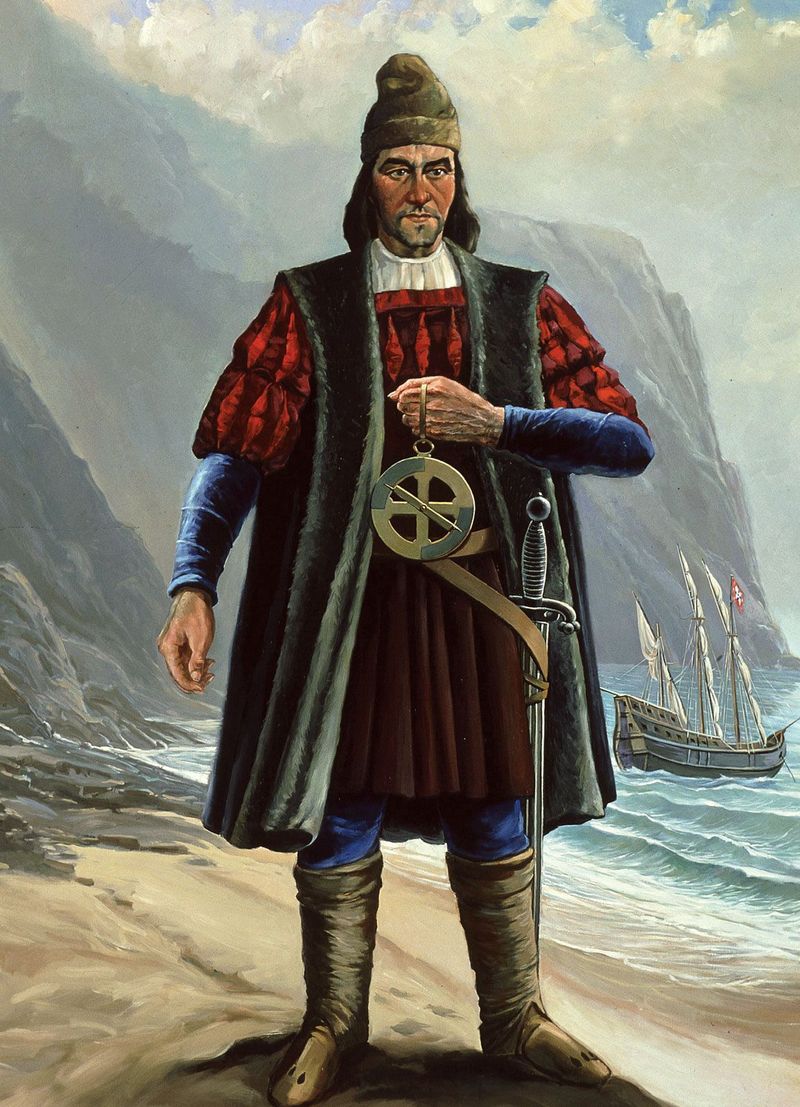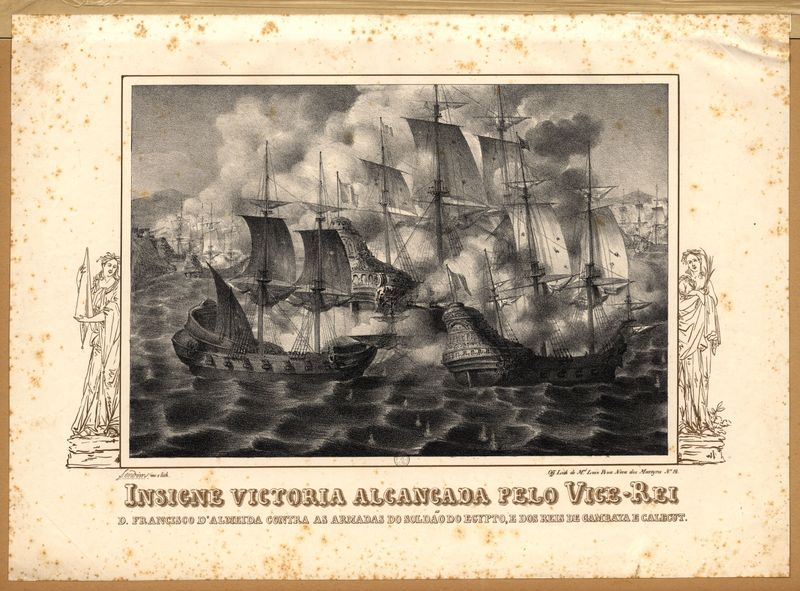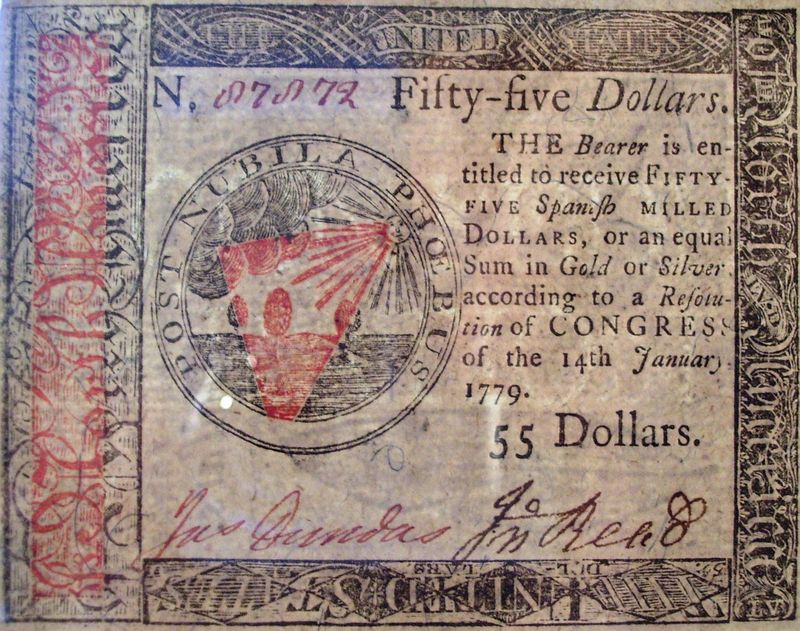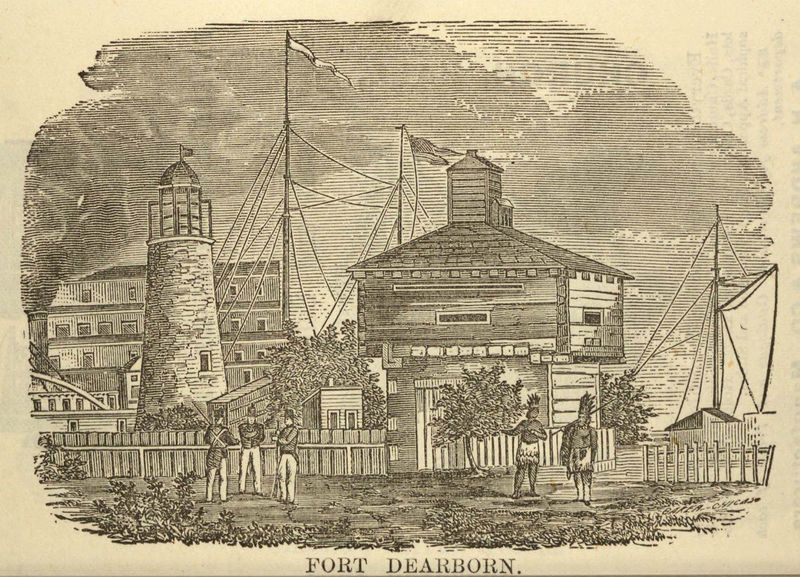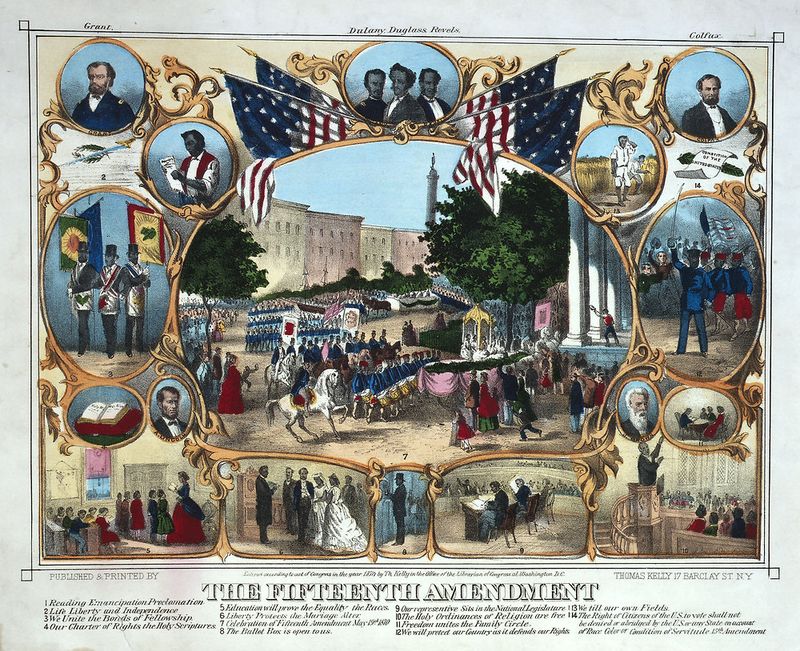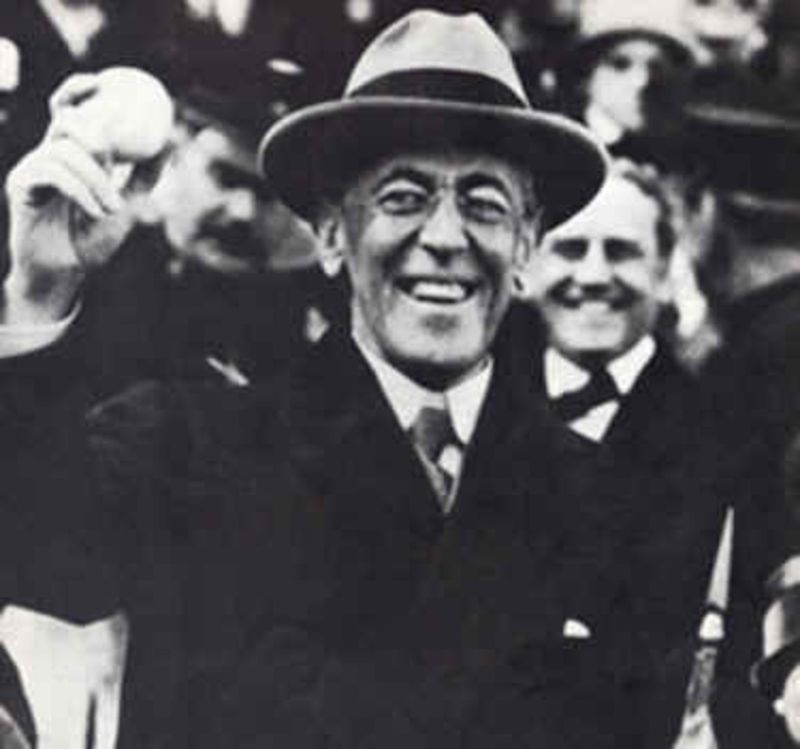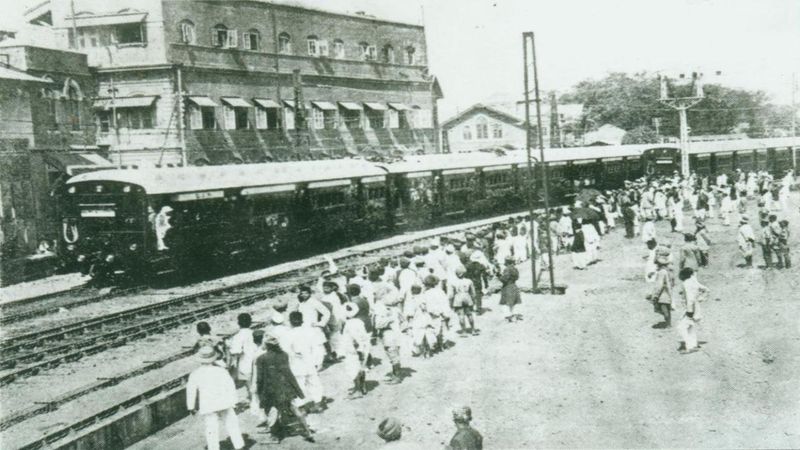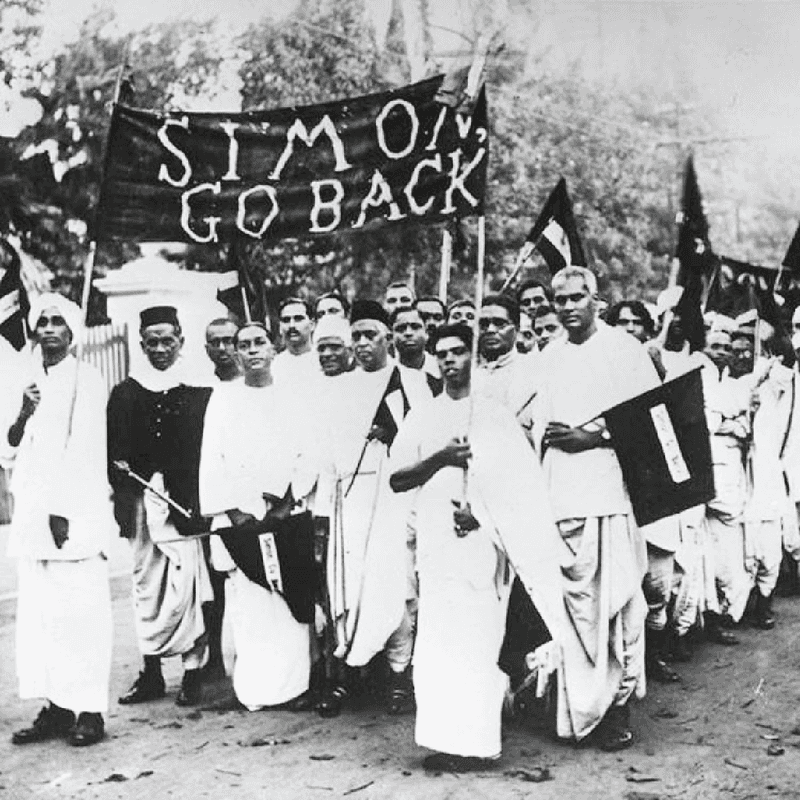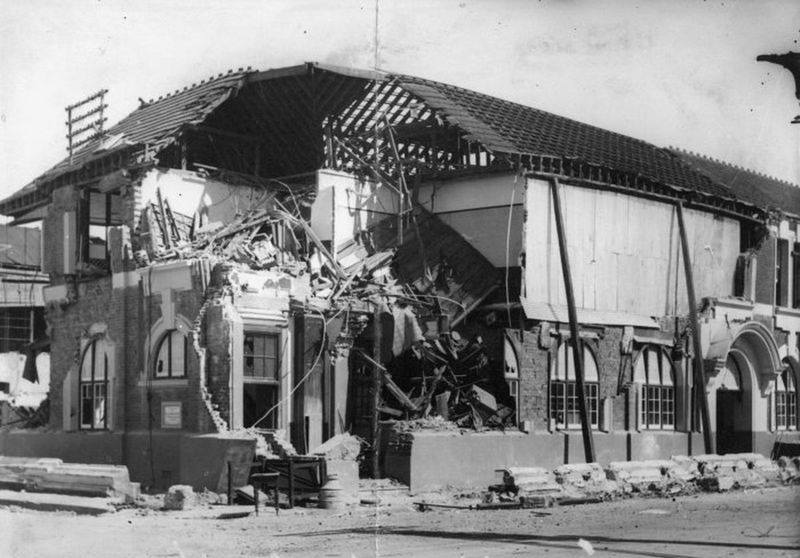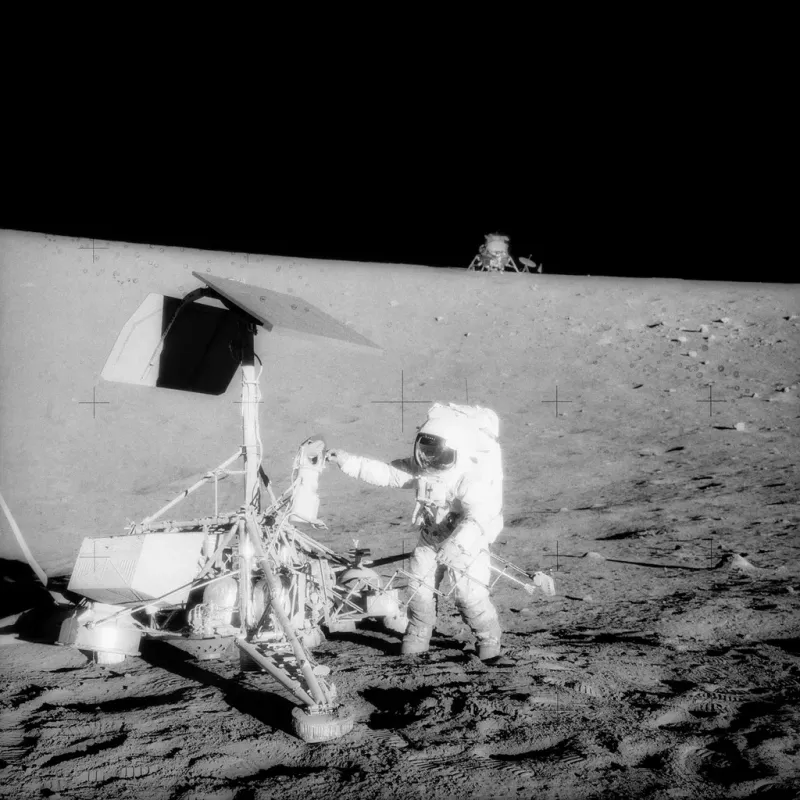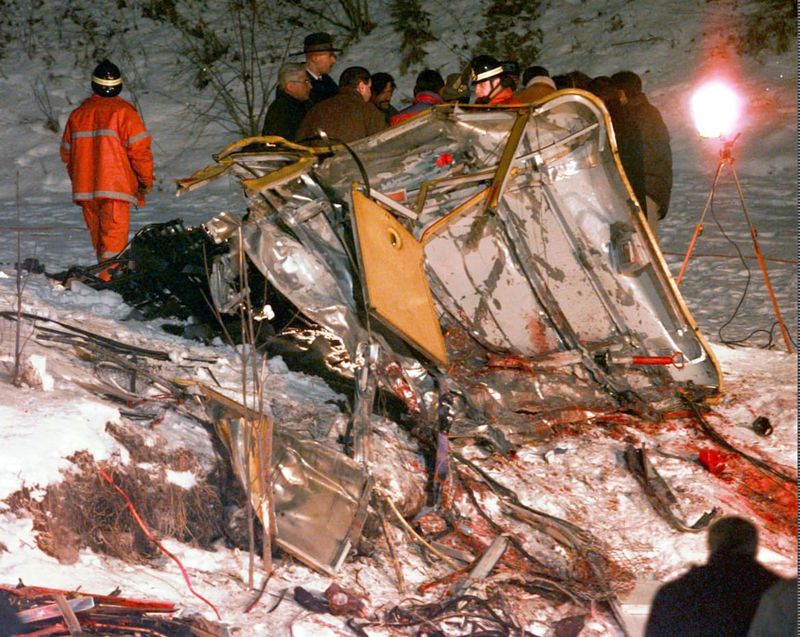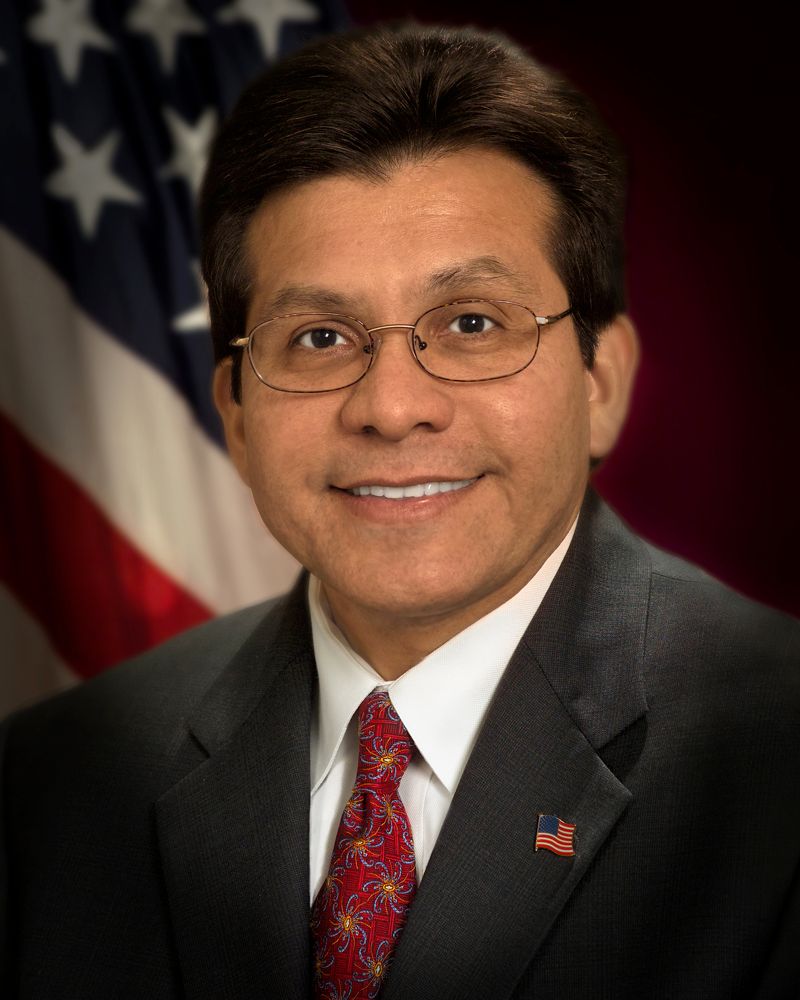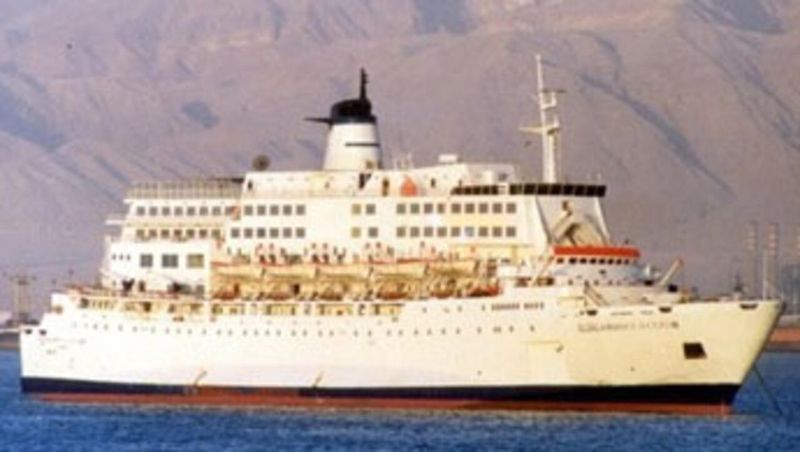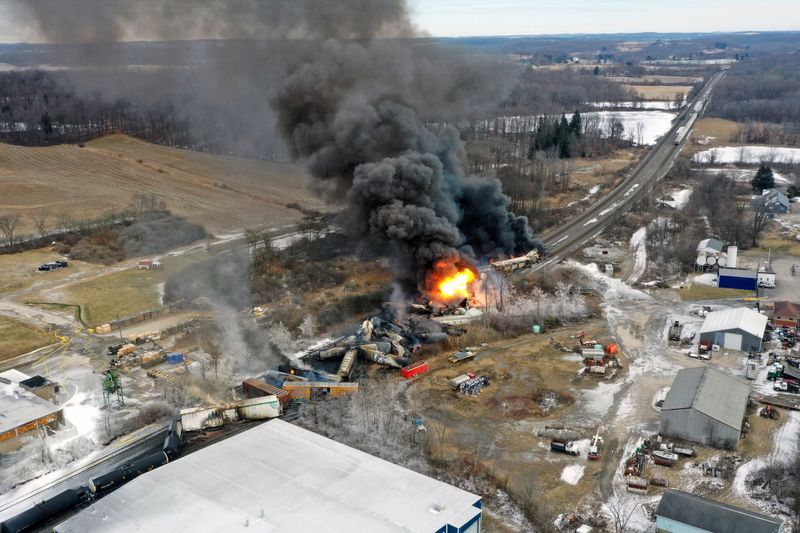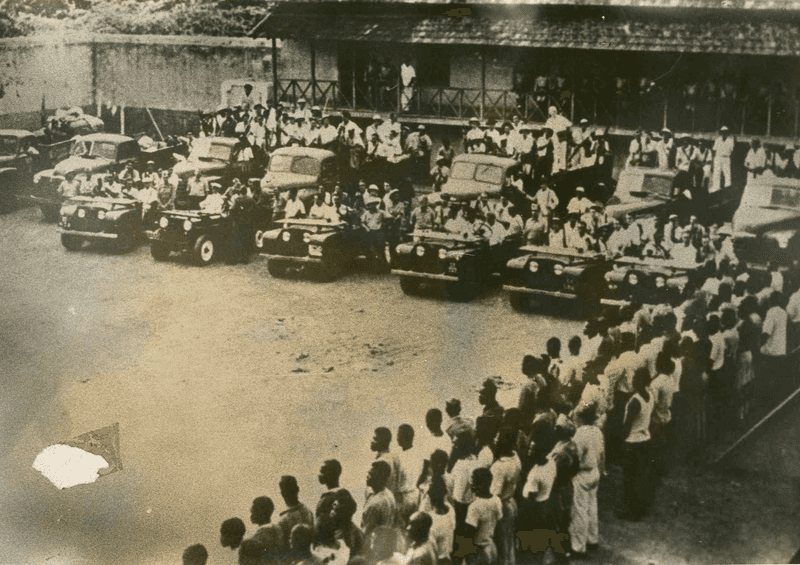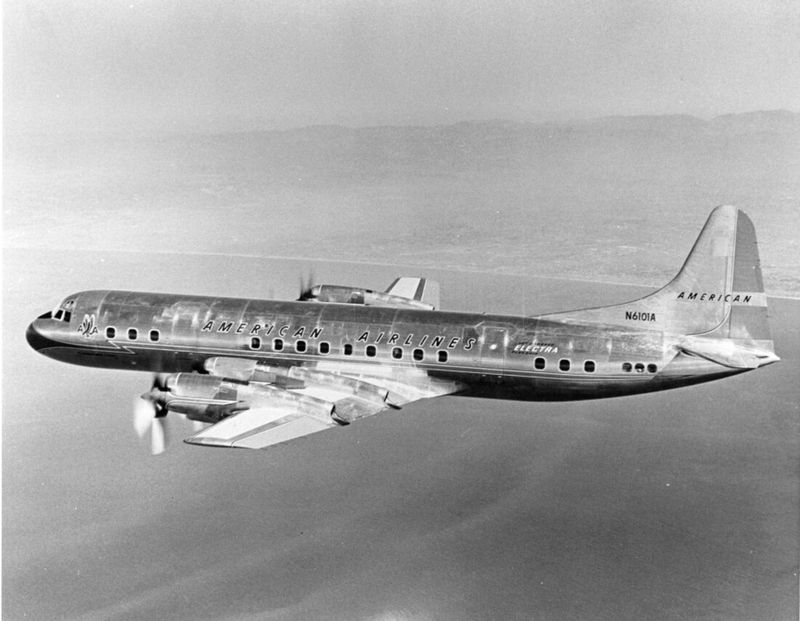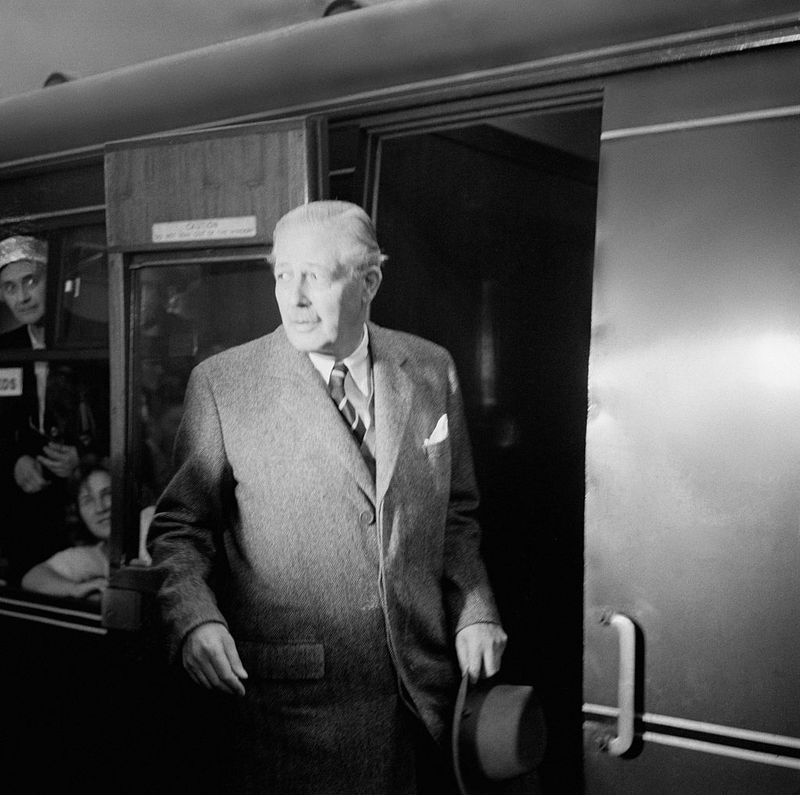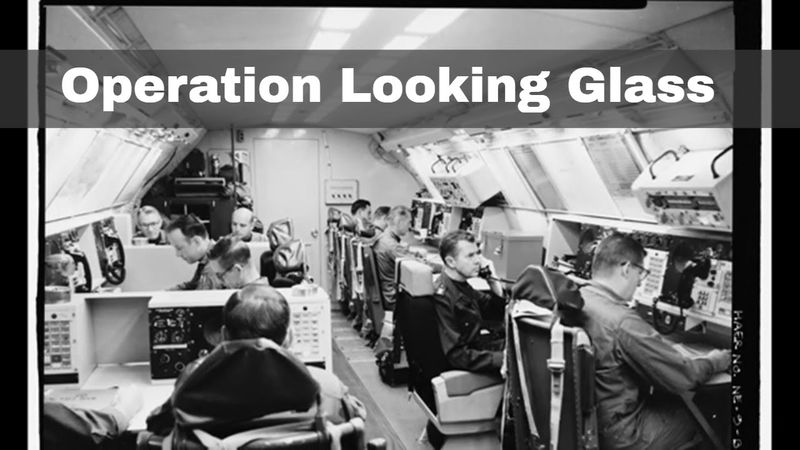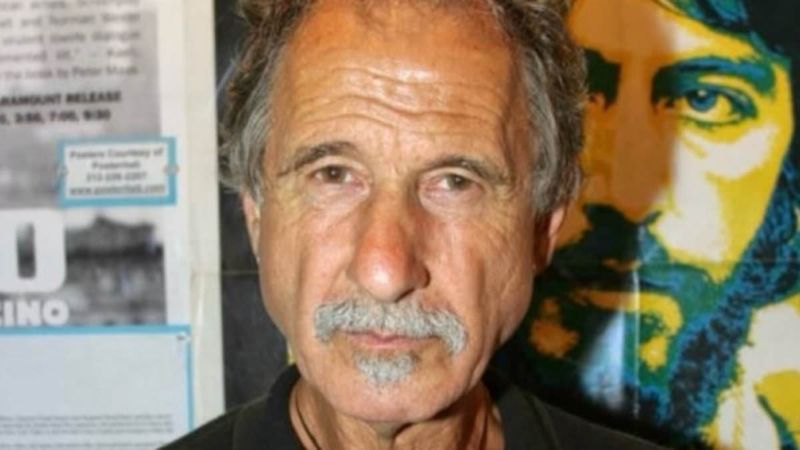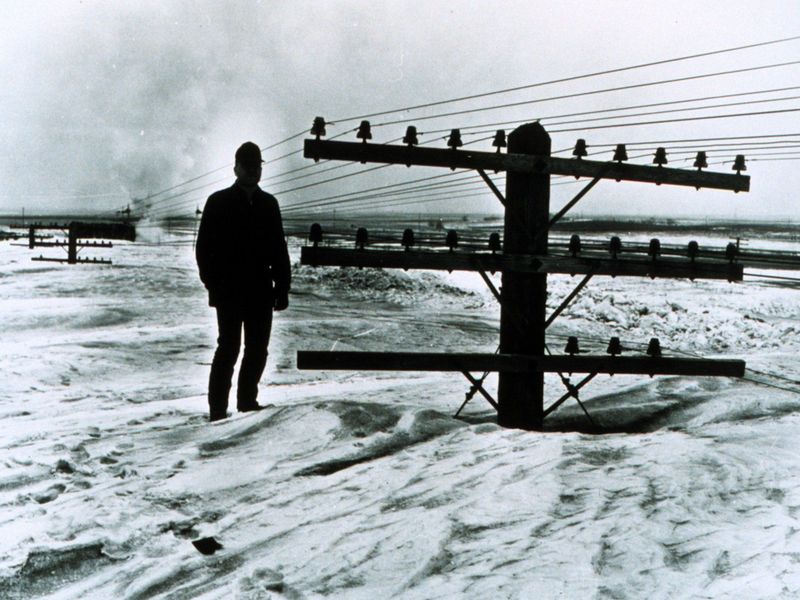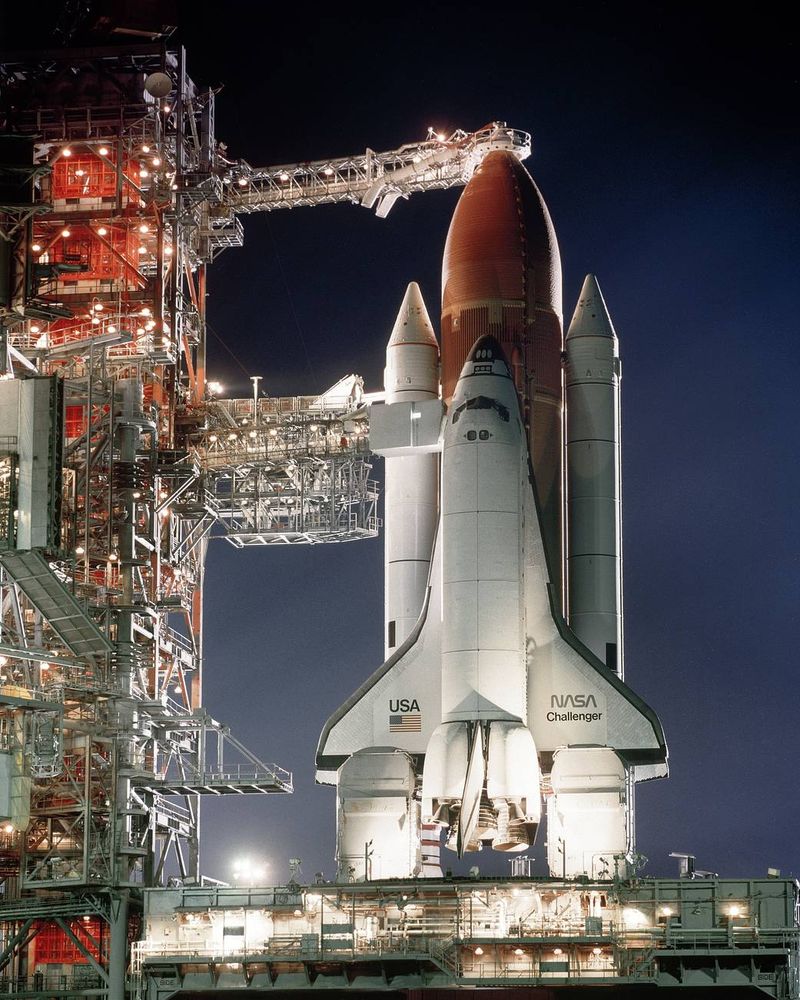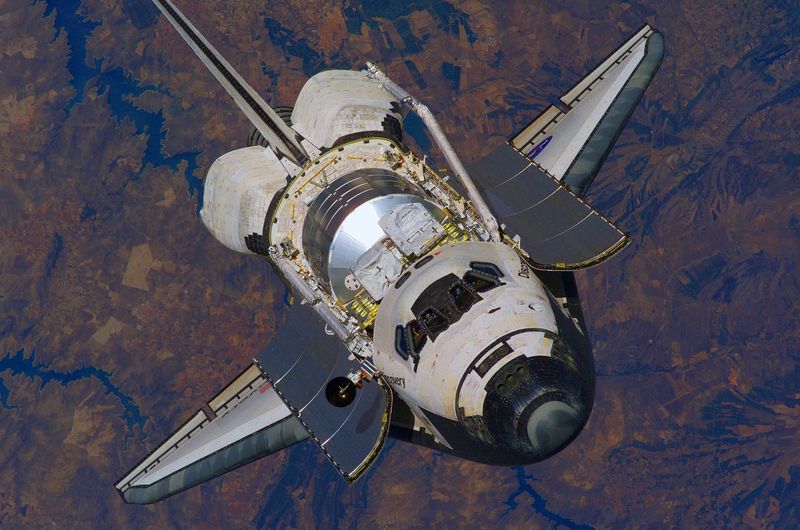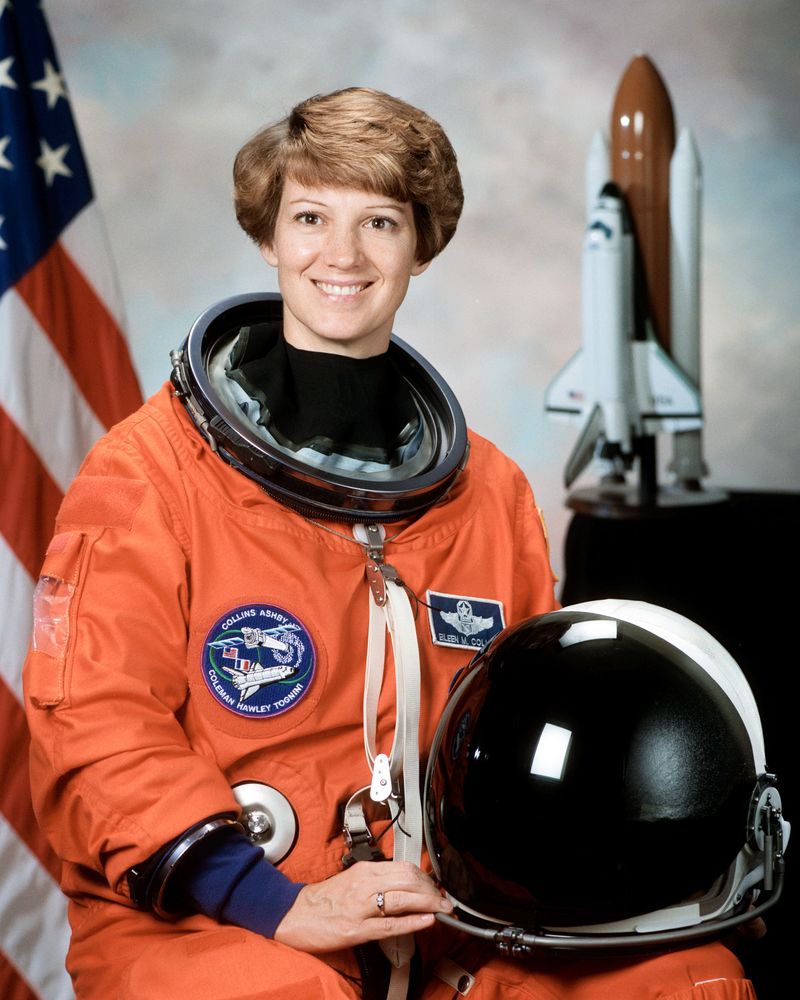Throughout history, February 3 has been a day of notable events across the globe. From significant political changes to technological advancements, this day has seen a wide array of important occurrences.
This blog post explores 30 significant historical events that have taken place on February 3, highlighting their impact and legacy.
1. Bartolomeu Dias Lands in Mossel Bay (1488)
In 1488, Portuguese explorer Bartolomeu Dias became the first European to land in Mossel Bay, South Africa. This landmark event marked a significant milestone in the Age of Exploration.
Dias’s journey around the Cape of Good Hope opened new maritime routes for trade between Europe and Asia. His landing demonstrated the feasibility of sea travel to the Indian Ocean.
Dias’s voyage encouraged further explorations by other navigators. The success of this expedition cemented Portugal’s position as a leading maritime power. The legacy of Dias’s journey continues to influence global trade and navigation today.
2. Battle of Diu Establishes Portuguese Naval Dominance (1509)
The Battle of Diu in 1509 was a pivotal moment in establishing Portuguese naval dominance in the Indian Ocean.
Fought between a Portuguese fleet and a coalition of local forces, the battle was fierce and decisive. The victory allowed Portugal to control the trade routes to India.
This triumph solidified Portugal’s influence in the region and paved the way for a century of colonial expansion.
It marked the beginning of European colonialism in Asia. The battle’s outcome had long-lasting effects on global trade patterns, shifting power dynamics in the region.
3. Massachusetts Issues First Paper Money in America (1690)
In 1690, Massachusetts became the first American colony to issue paper money. This innovation was a response to the colony’s financial needs during King William’s War. The issuance of paper currency represented a significant shift in economic practices.
This development allowed for more flexible trade and commerce within the colony. It set a precedent for other colonies and eventually the entire United States.
The introduction of paper money is considered an important milestone in the evolution of the American financial system.
4. Illinois Territory Established (1809)
The establishment of the Illinois Territory on February 3, 1809, marked a significant expansion of the United States. The territory was carved out of the larger Indiana Territory, reflecting the country’s westward growth.
This move paved the way for Illinois to become the 21st state in the Union in 1818. The creation of the Illinois Territory facilitated settlement and development in the region. It played a crucial role in shaping the Midwest’s political and economic landscape.
5. Iowa Ratifies the 15th Amendment (1870)
On February 3, 1870, Iowa became the 28th state to ratify the 15th Amendment to the United States Constitution. This amendment aimed to grant African American men the right to vote.
Iowa’s ratification was a significant step towards achieving racial equality in voting rights. It represented a broader national commitment to ensuring that voting rights could not be denied based on race, color, or previous condition of servitude.
The ratification highlighted Iowa’s role in the ongoing struggle for civil rights.
6. 16th Amendment Authorizes Federal Income Tax (1913)
The authorization of the federal income tax through the 16th Amendment on February 3, 1913, was a transformative moment in U.S. fiscal policy.
This amendment gave Congress the power to levy taxes on income, which allowed for a more consistent and equitable revenue system.
The introduction of the income tax provided the government with a stable source of funding. This change enabled the expansion of public services and infrastructure.
The 16th Amendment laid the groundwork for modern federal taxation, altering the financial landscape of the nation.
7. U.S. Severs Diplomatic Relations with Germany (1917)
On February 3, 1917, the United States severed diplomatic relations with Germany, marking a critical moment leading up to its entry into World War I. This decision followed Germany’s resumption of unrestricted submarine warfare.
The break in relations signaled a shift in U.S. foreign policy, moving closer to involvement in the war. It heightened tensions between the two nations and set the stage for America’s eventual declaration of war on Germany.
This action underscored the rising global conflict and the U.S.’s growing role on the world stage.
8. India’s First Electric Train Service Commences (1925)
On February 3, 1925, India’s first electric train service commenced, marking a significant advancement in the country’s transportation infrastructure. The service operated between Bombay (now Mumbai) and Kurla.
This development represented a move towards modernizing India’s railway system. It improved efficiency and reduced reliance on steam-powered trains.
The introduction of electric trains was a step forward in India’s industrialization and urbanization, setting a precedent for future transportation improvements.
9. Simon Commission Arrives in India (1928)
The arrival of the Simon Commission in India on February 3, 1928, was met with widespread protests. This British commission was tasked with reviewing constitutional reforms in India but did not include any Indian members.
The exclusion of Indians from the commission fueled discontent and demands for greater self-governance.
The protests against the Simon Commission marked a significant moment in India’s struggle for independence. It highlighted the growing tensions between colonial rulers and the Indian population.
10. Hawke’s Bay Earthquake Devastates New Zealand (1931)
On February 3, 1931, the Hawke’s Bay region of New Zealand was struck by a powerful earthquake, resulting in widespread devastation. The earthquake, which measured 7.8 on the Richter scale, caused significant loss of life and property.
The disaster prompted a massive rescue and rebuilding effort. It highlighted the need for improved building codes and disaster preparedness.
The Hawke’s Bay earthquake remains one of New Zealand’s most destructive natural disasters, shaping the country’s approach to earthquake resilience.
11. Luna 9 Achieves First Soft Landing on the Moon (1966)
On February 3, 1966, the Soviet spacecraft Luna 9 achieved the first-ever soft landing on the Moon. This groundbreaking accomplishment marked a significant milestone in the space race between the United States and the Soviet Union.
Luna 9 transmitted the first images of the lunar surface back to Earth, providing valuable insights into the Moon’s terrain.
The successful landing demonstrated the Soviet Union’s technological capabilities and intensified the competition in space exploration. Luna 9’s achievement paved the way for future lunar missions.
12. Paraguayan Dictator Alfredo Stroessner Overthrown (1989)
On February 3, 1989, Paraguayan dictator Alfredo Stroessner was overthrown after 35 years in power. This significant political upheaval ended one of Latin America’s longest-standing authoritarian regimes.
The overthrow was led by General Andrés Rodríguez in a military coup. It marked a turning point for Paraguay, leading to democratic reforms and the establishment of civilian rule.
Stroessner’s removal reflected the growing demand for political change and human rights in the region.
13. Cavalese Cable Car Disaster in Italy (1998)
The Cavalese cable car disaster occurred on February 3, 1998, in the Italian Alps, resulting in the deaths of 20 people. A U.S. military jet severed the cable supporting the car, causing it to plunge to the ground.
The tragedy sparked outrage and diplomatic tensions between Italy and the United States. It highlighted the need for improved safety protocols and accountability.
The disaster remains one of the deadliest cable car accidents in history, prompting changes in aviation regulations.
14. Alberto Gonzales Becomes First Hispanic U.S. Attorney General (2005)
On February 3, 2005, Alberto Gonzales was sworn in as the first Hispanic Attorney General of the United States. His appointment represented a significant milestone in the country’s legal and political landscape.
Gonzales’s tenure as Attorney General was marked by challenges and controversies. Nevertheless, his appointment was seen as a step forward in diversifying the nation’s leadership.
It highlighted the increasing representation of Hispanic Americans in prominent government roles.
15. Egyptian Ferry Sinks in the Red Sea (2006)
On February 3, 2006, an Egyptian ferry sank in the Red Sea, resulting in the loss of over 1,000 lives. The ferry was en route from Saudi Arabia to Egypt when it caught fire and capsized.
The disaster raised concerns about maritime safety and regulations. It prompted investigations into negligence and safety violations.
The tragedy remains one of the deadliest maritime accidents in history, leading to calls for improved safety measures and accountability in the shipping industry.
16. New York Giants Upset New England Patriots in Super Bowl XLII (2008)
On February 3, 2008, the New York Giants achieved a stunning upset by defeating the New England Patriots in Super Bowl XLII. The victory was unexpected, as the Patriots were heavily favored to win.
The game’s outcome was determined by a dramatic late-game touchdown pass. The Giants’ triumph ended the Patriots’ undefeated season, making it one of the most memorable Super Bowl victories.
The win cemented the Giants’ place in NFL history and remains a defining moment for the team and its fans.
17. Moscow School Shooting Results in Deaths and Hostage Situation (2014)
On February 3, 2014, a tragic school shooting occurred in Moscow, Russia, resulting in the deaths of a teacher and a police officer. The 15-year-old gunman took hostages before being apprehended by authorities.
The incident shocked the nation and reignited debates about school safety and gun control. It highlighted the need for improved security measures in educational institutions.
The Moscow school shooting remains a somber reminder of the global challenges related to gun violence.
18. Ohio Train Derailment Causes Hazardous Chemical Spill (2023)
On February 3, 2023, a train derailment in Ohio led to a hazardous chemical spill, prompting widespread environmental and public health concerns. The incident involved the release of toxic substances into the surrounding area.
Emergency response teams worked tirelessly to contain the spill and mitigate its impact. The derailment raised questions about the safety of transporting hazardous materials by rail.
It underscored the importance of stringent safety protocols and emergency preparedness to prevent similar incidents.
19. Batepá Massacre in São Tomé (1953)
The Batepá Massacre occurred on February 3, 1953, in São Tomé, a Portuguese colony. The violent suppression of an alleged uprising led to the deaths of many local inhabitants.
The massacre intensified anti-colonial sentiments and calls for independence in São Tomé and Príncipe. It became a symbol of colonial oppression and resistance.
The Batepá Massacre remains a poignant reminder of the struggles faced by colonized peoples in their quest for freedom.
20. American Airlines Flight 320 Crashes into East River (1959)
On February 3, 1959, American Airlines Flight 320 crashed into the East River in New York City, resulting in the deaths of 65 people. The crash occurred while the aircraft was attempting to land in poor weather conditions.
The disaster led to investigations into aviation safety and pilot training. It underscored the need for improved technology and protocols to enhance flight safety. The crash remains a significant event in the history of aviation accidents in the United States.
21. British PM Harold Macmillan’s “Wind of Change” Speech (1960)
On February 3, 1960, British Prime Minister Harold Macmillan delivered his famous “Wind of Change” speech to the South African Parliament. The speech acknowledged the growing demand for decolonization in Africa.
Macmillan’s words signaled a shift in British policy towards greater support for independence movements across the continent. The speech was a turning point in the history of decolonization, influencing political change in Africa.
It remains a significant moment in the relationship between Britain and its former colonies.
22. Operation Looking Glass Commences (1961)
Operation Looking Glass was initiated on February 3, 1961, as part of the United States’ strategic defense plans during the Cold War. The operation involved airborne command centers that provided continuous command and control.
The mission ensured that U.S. military leadership could maintain communication and control during a nuclear conflict. It demonstrated the nation’s commitment to preparedness and security.
Operation Looking Glass remained active for decades, reflecting the ongoing tensions and strategic priorities of the Cold War era.
23. NYPD Officer Frank Serpico Shot During Drug Bust (1971)
On February 3, 1971, NYPD Officer Frank Serpico was shot during a drug bust in Brooklyn, New York. Serpico, known for exposing corruption within the police force, was conducting an undercover operation.
The incident highlighted the dangers faced by officers fighting corruption from within. Serpico’s story became widely known, inspiring films and further investigations into police corruption. His bravery and commitment to justice left a lasting impact on law enforcement practices.
24. Deadliest Snowstorm in History Begins in Iran (1972)
In February 1972, Iran experienced the deadliest snowstorm in recorded history, beginning on February 3. The storm resulted in over 4,000 deaths and widespread devastation across the country.
The snowstorm crippled infrastructure and isolated communities, making rescue efforts difficult. It underscored the vulnerabilities faced during extreme weather events.
The disaster remains a tragic reminder of the impact of natural calamities and the importance of preparedness.
25. Space Shuttle Challenger Launches STS-41-B Mission (1984)
On February 3, 1984, the Space Shuttle Challenger launched the STS-41-B mission, marking a significant moment in NASA’s space exploration efforts. The mission included the first untethered spacewalk using the Manned Maneuvering Unit.
The successful completion of the mission demonstrated the capabilities of the space shuttle program. It contributed to scientific research and technological advancements. The launch of STS-41-B remains a notable achievement in the history of space exploration.
26. First Russian Cosmonaut Flies Aboard U.S. Space Shuttle (1994)
On February 3, 1994, Russian cosmonaut Sergei Krikalev flew aboard the U.S. Space Shuttle Discovery, marking a historic moment in international space cooperation. This was the first time a Russian cosmonaut participated in a U.S. space mission.
The collaboration symbolized a new era of partnership between former Cold War adversaries. It paved the way for further joint efforts in space exploration. The mission underscored the potential for cooperation in scientific and technological endeavors.
27. Eileen Collins Becomes First Woman to Pilot Space Shuttle (1995)
On February 3, 1995, Eileen Collins made history as the first woman to pilot a space shuttle. Her achievement was a significant milestone in the progress of women in aerospace and science.
Collins’s role as a pilot demonstrated the growing opportunities for women in traditionally male-dominated fields. Her success inspired future generations of female astronauts and scientists.
Collins’s pioneering efforts continue to be celebrated as a breakthrough in gender equality in space exploration.
